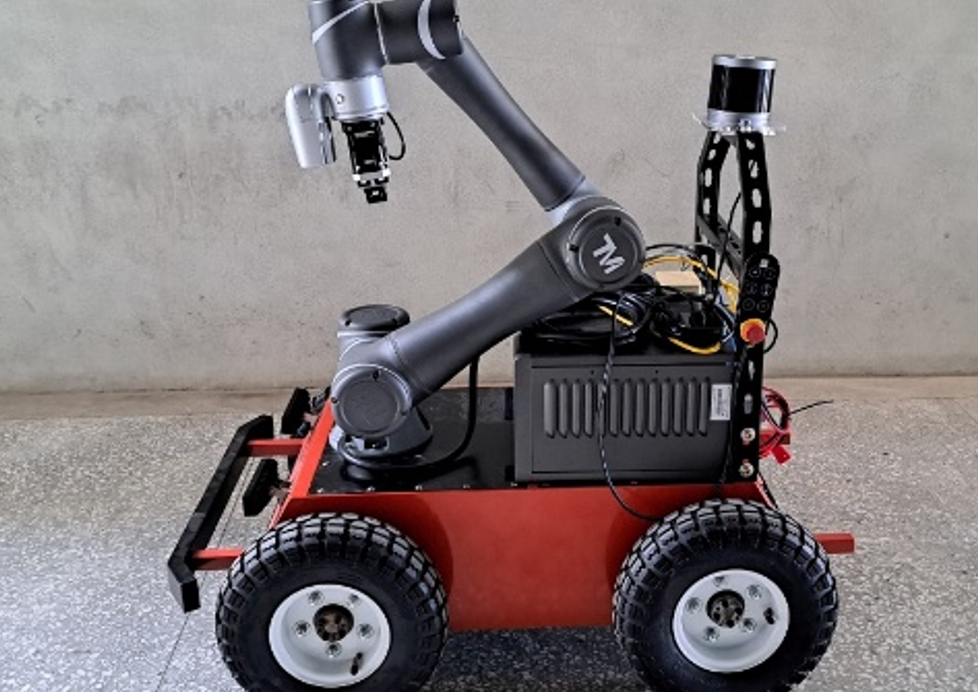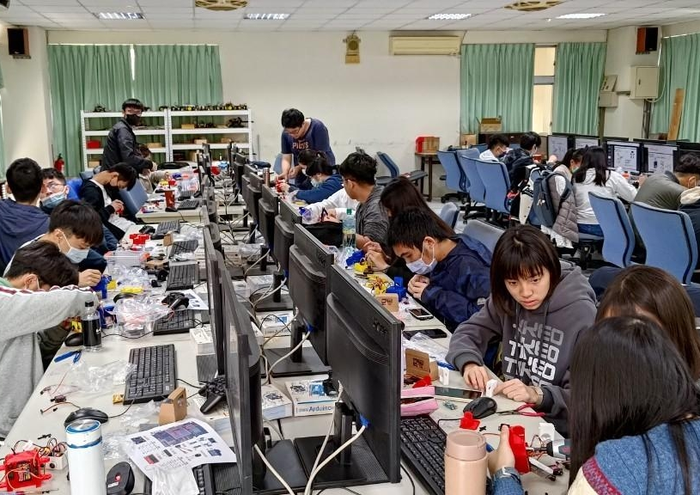Robotics is a highly attractive field, with increasing contributions to and impact on the human world. Robot arms perform tasks such as handling, welding, and polishing in factories. Service robots operate in environments like restaurants and hotels by delivering meals, transporting luggage, and providing information. In the field of autonomous driving, robots are also making significant strides. However, to make robots more user-friendly, seamlessly integrate them into daily life and work, and further popularize them in various domains, numerous challenges still need to be overcome.
The interdisciplinary nature of robotics, involving fields such as electrical engineering, electronics, information technology, mechanics, mathematics, physics, linguistics, psychology, and more, adds to the challenges and allure of technological development in the field of robotics.
Many tasks that are straightforward for humans are remarkably challenging for robots and computers, such as everyday activities like picking up objects, folding clothes, cooking, cleaning, and even more complex capabilities like spatial perception, natural language understanding, and task generation and adjustment. Achieving these desired abilities in robots requires dedicated research, practical implementation, and continuous improvement.
In recent years, thanks to the explosive growth of deep learning technology, artificial intelligence has once again demonstrated exceptional potential for overcoming the aforementioned challenges. Advances in generative artificial intelligence and large language model technologies have the potential to revolutionize the way robots interact with humans, understand, and interpret their environments, and execute complex tasks. We continue our research in robotics-related technologies, engaging in both software and hardware implementations with the goal of making robots more beneficial to the human world!
Our main research interests are related to Robotics, Computer Vision, Wireless and Mobile Communication Networks, and Maker and STEM Education. For more details about our research, click on the pictures below.




